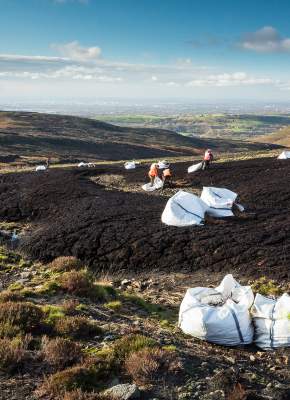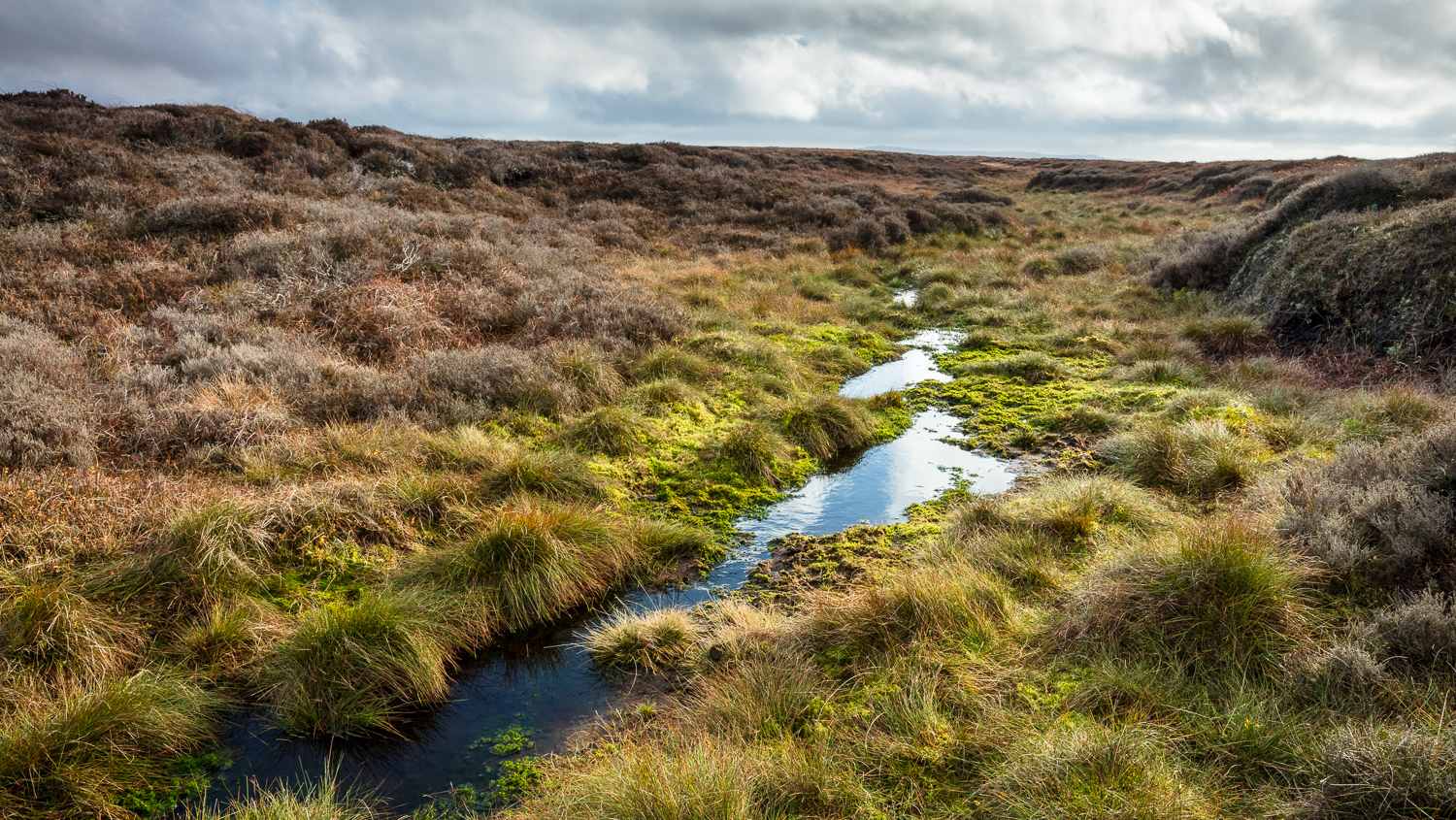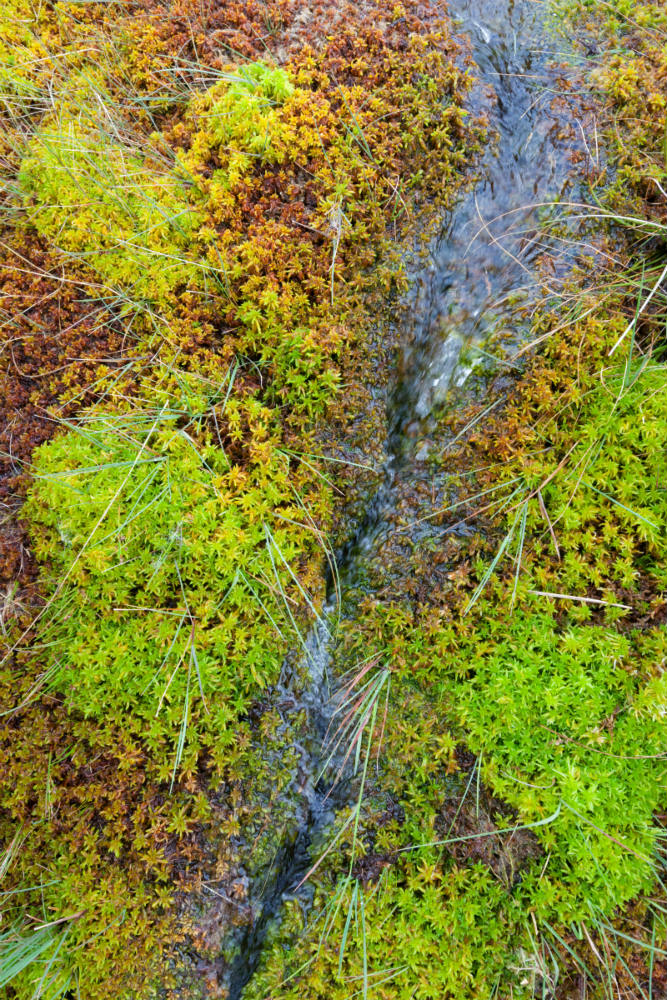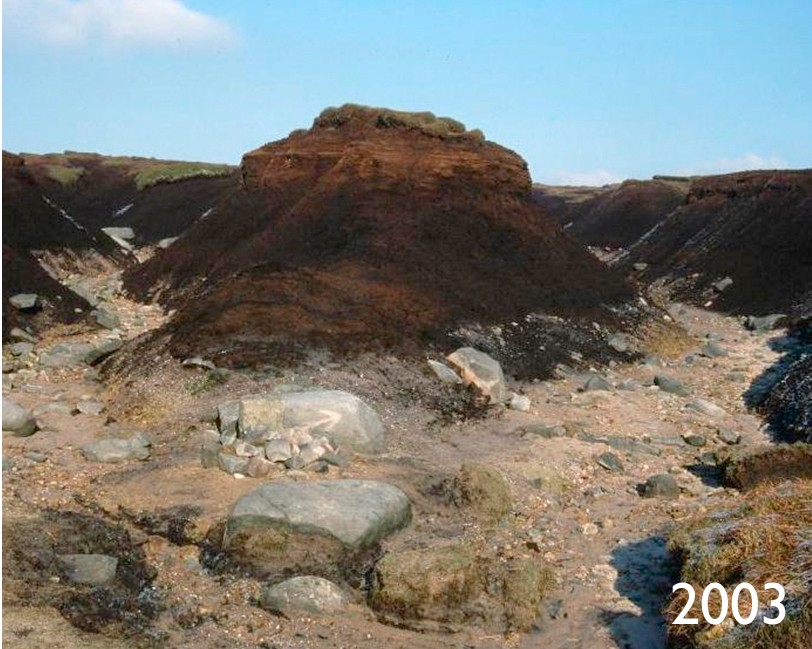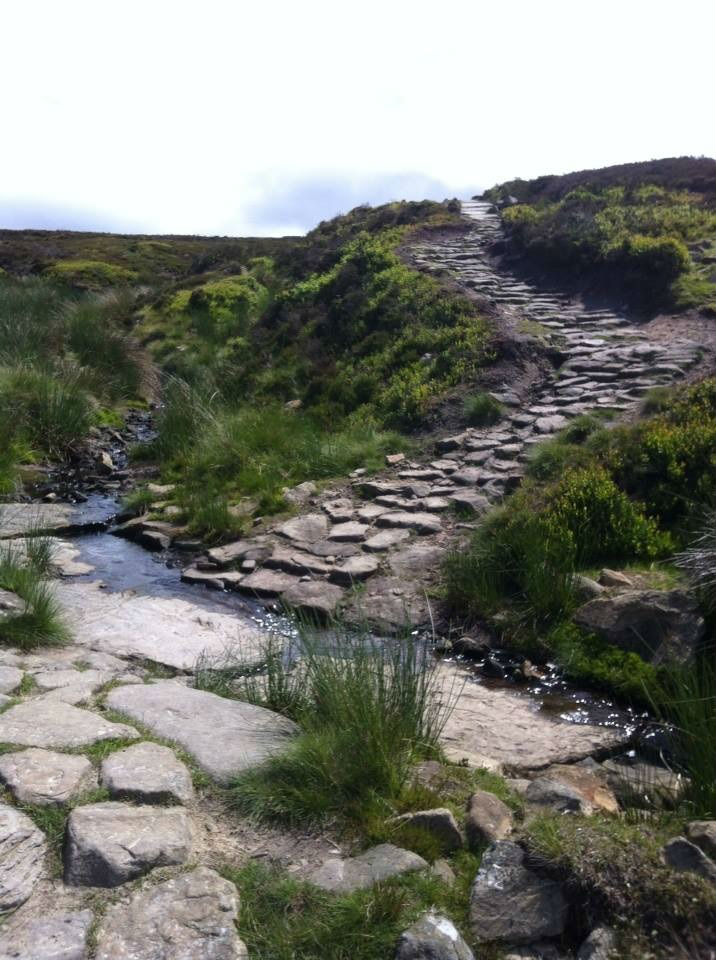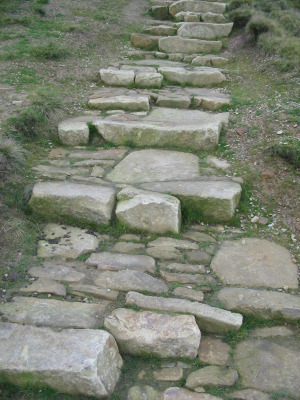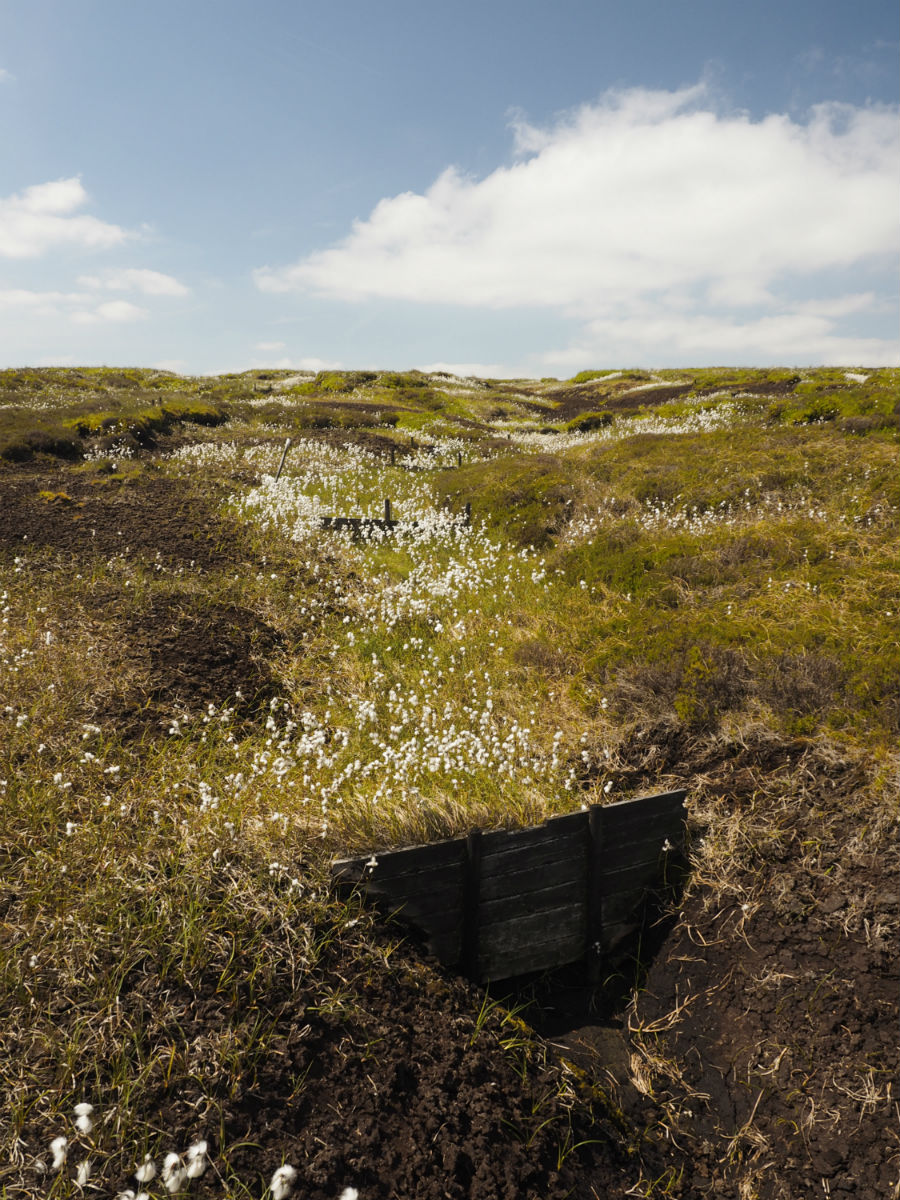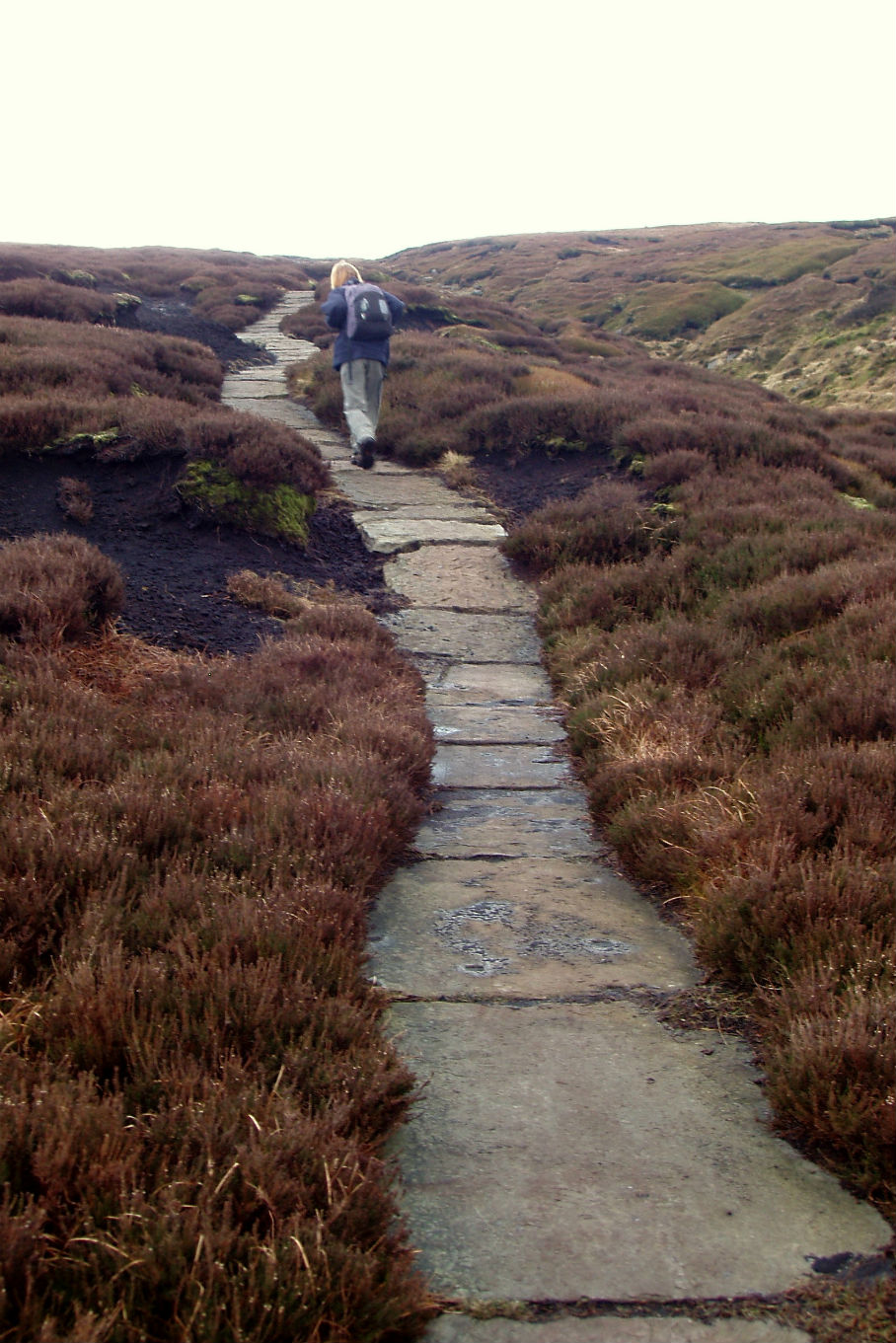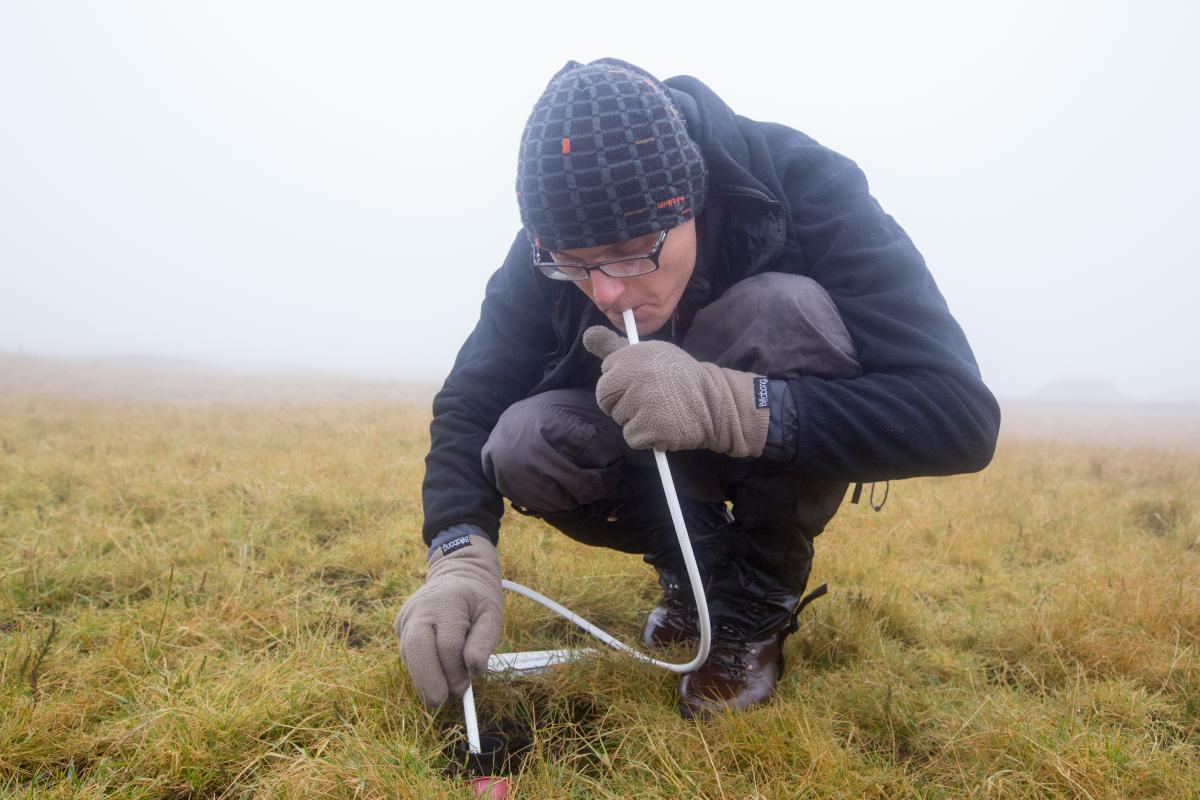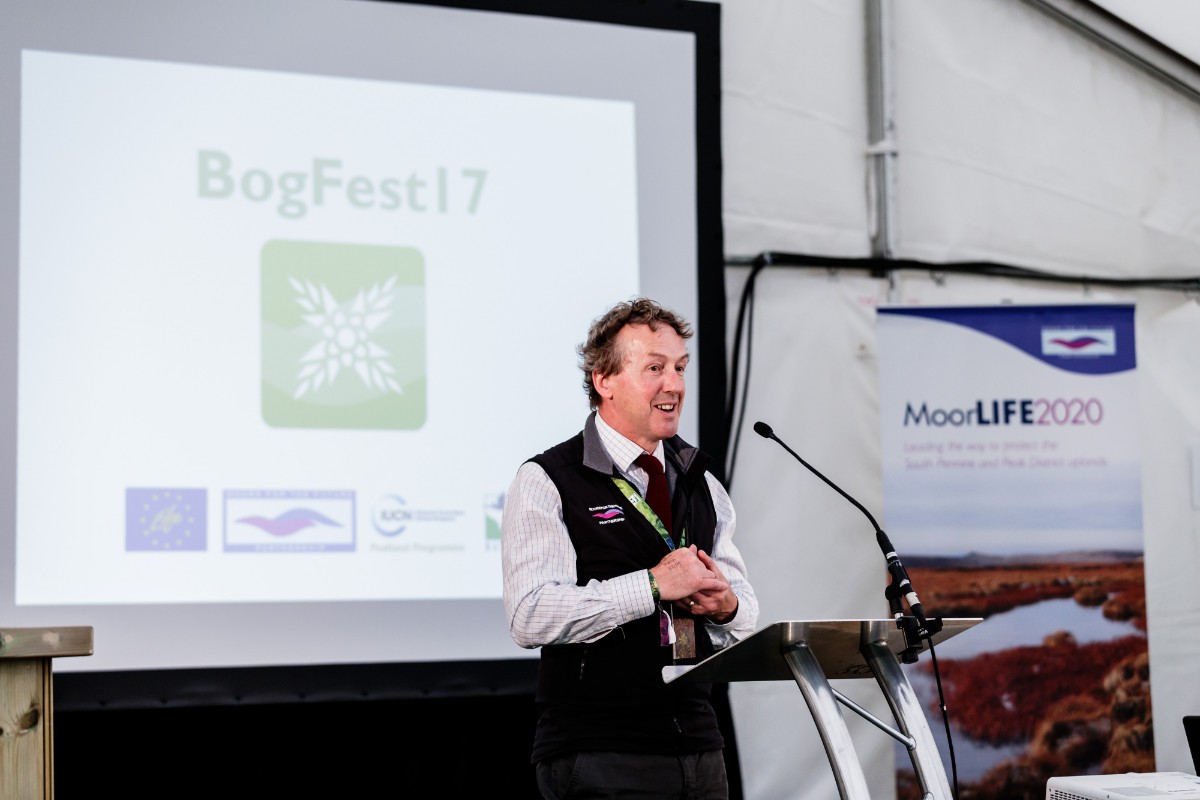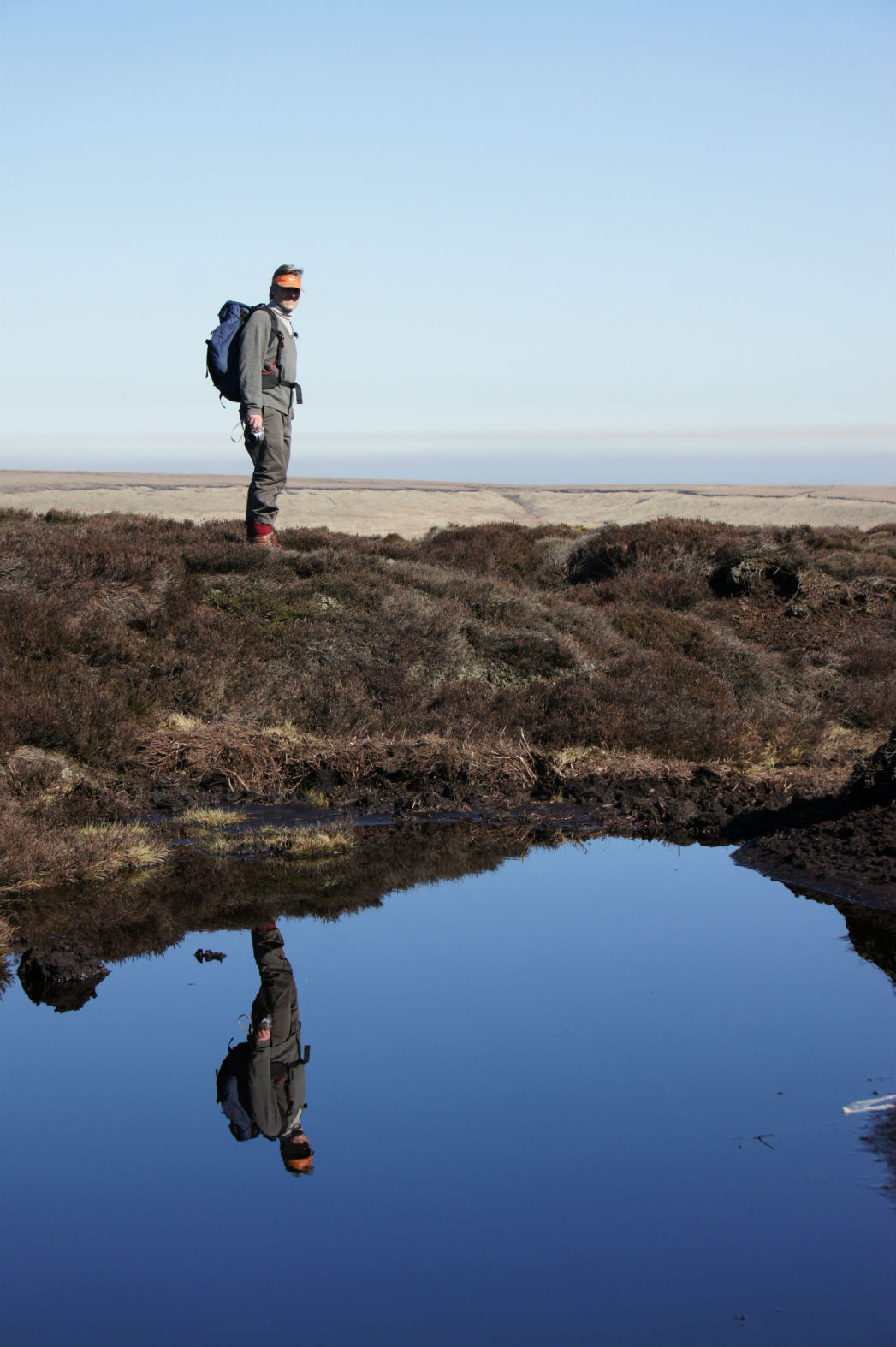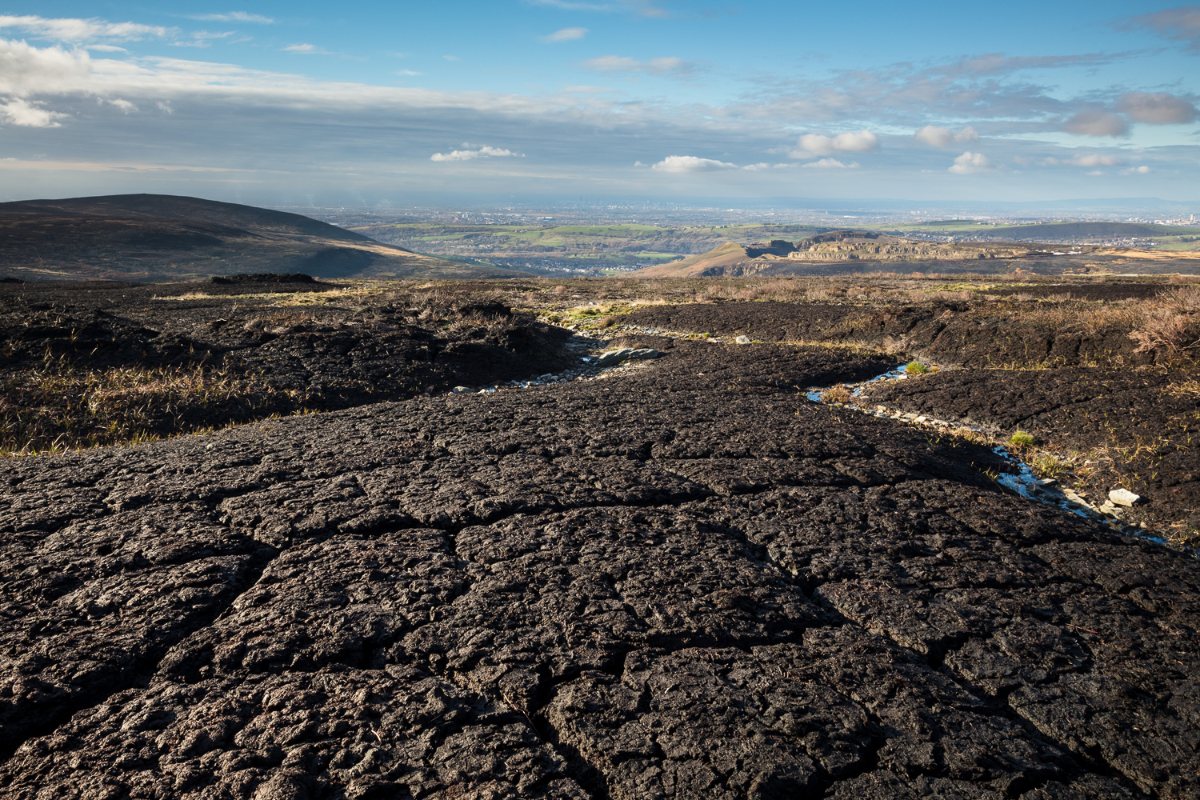
Moorland conservation work
The moorland landscape of the South Pennines, the Dark Peak and West Pennines has been described as the most degraded upland landscape in Europe and possibly the world.
How we are improving the landscape
Blanket bogs in this area have been badly damaged by 200 years of atmospheric pollution, as well as a host of other factors. This has led to a severe loss of vegetation on the moorland plateaux, resulting in vast areas of bare peat exposed to the elements.
We restore bare peat in three broad stages:
Stabilising and revegetating bare peat
Using heather brash, lime, fertiliser, nurse crops of grasses and native seed from heather, cross-leaved heath and wavy haired grass.
Working with water
Working to raise the water table and restore the wet conditions of healthy blanket bog
Planting sphagnum and moorland plants
Planting sphagnum and native moorland plants, the key peat-building and blanket bog species
Hearn Clough improvements
See the improvements made to Hearn Clough on Bleaklow as a result of our conservation work between 2003 and 2016.
Take a look at more of our conservation projects
Reasons for and problems with bare peat
Find out more about why bare peat exists and why we are doing our best to ensure it is revegetated
Guidance for land managers
Factsheets and guidance for people who work on blanket bog
